1 Geology and Early
History Room
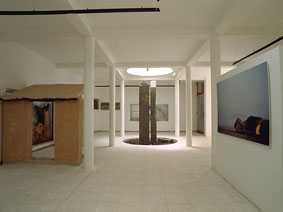
 |
|
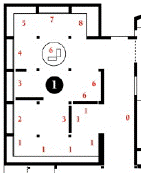 |
|
0 |
Geography of Chimtou Area |
|
1 |
Tectonics, Geology and Marble |
|
2 |
Numidian Kings, Carthage and their Coins in Chimtou |
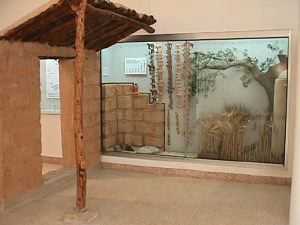 |
3 |
Settlement and Agriculture in Protohistoric
Chimtou
The rural house for millenia in Northern Africa, the gourbi, has been brought
to an end in Tunisia by government efforts based on aspects of modern healthful
housing. As its last examples vanish in the hills of Western Tunisia, its
technical aspects at least should be commemorated as monuments of deep
rooting rural culture.
A neighbouring case is dedicated to the evaluation of excavation finds
of domesticated and wild animal species (by Günther Nobis) between
500 and 100 before C.E. in the pre-Roman Berber village of Simitthu, and
finds of human remains (by Renate Hahn) in its cemetery under the Roman
forum. (Excavations by C.B.Rüger, Mansour Ghaki and M.Khanoussi,
1980-1984). |
|
4 |
The Living and the Dead in Protohistoric Chimtou |
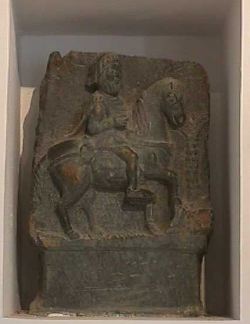 |
5 |
The Abassa Horseman, Gods in Ancient
Numidia
The Abassa horseman, representation of a prince or god in Numidian outfit,
is among the finest examples of indigenous Berber art in the 1st. cent.C.E. |
 |
6 |
Ancient Berber Scripture Monuments
The two largest stelae with monumental inscriptions, showing the biggest
Ancient
Berber characters hitherto found. Made of the green schist of Borj
Ehellal.
Perhaps obelisk shaped landmarks of over 4 ms height to mark territiories
of 1st cent.CE chiefs. This is almost certain since there is no funeral
context. |
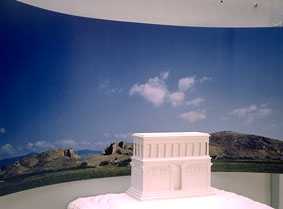 |
7 |
Royal Numidian Monument
F.Rakob´s Scale Model of his excavation results for the Royal Numidian
Altar. |
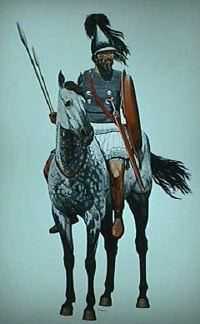 |
8
|
King Micipsa's Arms (after a painting by
P. Connolly)
"Mounted King Micipsa in Arms", life size colour transparency of
a painting by English archaeological illustrator Peter W. Connolly.
The representation of the armour is based on the finds in what should be
the
pillar tomb of famous Numidian King Massinissa´s son at Essouma
el Khroub
near Constantine. The original of Connolly´s painting was presented
in 1980 to the museum of Constantine, Algeria. |